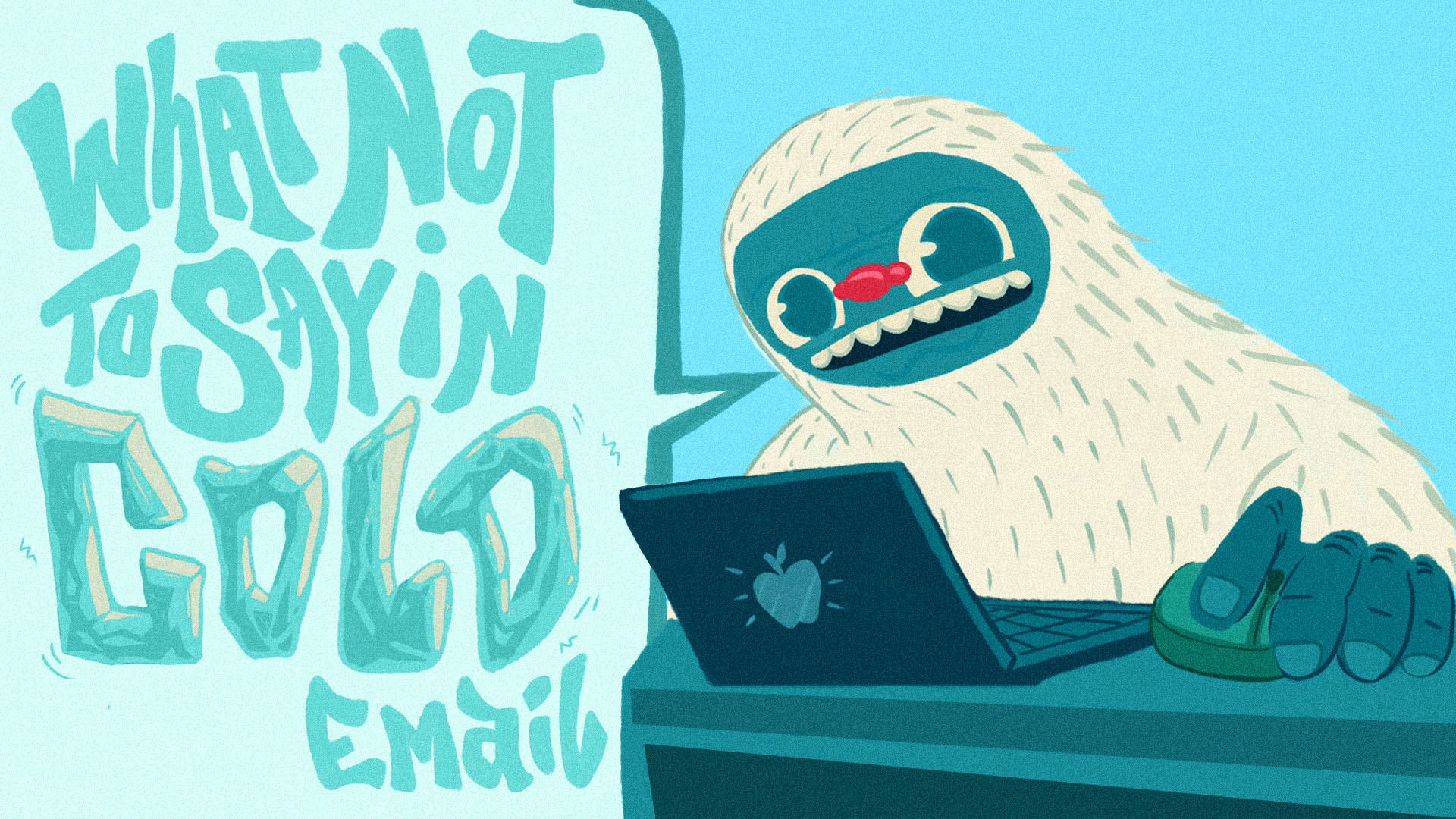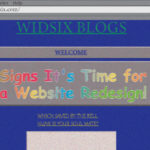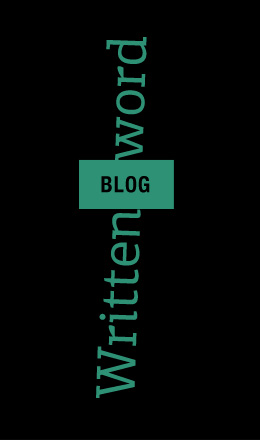// WIDSIX WRITTEN WORD //
What NOT To Say In “Cold” Email
Cold emails are controversial. After all, very few of us enjoy receiving unsolicited messages that clog up our inboxes. However, in a lot of cases, people do encounter an email message that they feel warrants an open. Once they open it, it is crucial that the content within makes a convincing pitch, otherwise you’ve wasted an effective subject line with no conversion. While what you DO say is important, what you DON’T want to say is almost more important. This article will teach you what NOT to say when writing a cold email, so you can avoid making a fool of yourself (but also hopefully get that conversion)!
First off… why cold emailing?
It may not seem like it, but cold emailing is actually really effective. Here are some of the benefits:
- Budget friendly. Emailing is free. Cold emailing costs you virtually nothing except your time.
- Raises brand awareness. Even if you don’t get a conversion out of ‘em, they’ve still been exposed to your brand. This could prove beneficial later on down the road.
- You’re able to narrow in on your target audience. With other methods of advertising, the ability to target consumers based on demographics, interests, etc isn’t always available, or you can’t get it as narrow as you’d like. With cold emailing, you can segment your audience however you choose, allowing you to have much more play when it comes to personalizing messaging.
- It’s a much more personal form of contact. An email is the next best thing to a handwritten letter. It feels more personal, more cozy than, say, an ad that randomly generates on websites.
- Great opportunities for A/B testing. Emails are a great way to get more insight on your customers and what they are interested in. You can play around based on the insights from previous campaigns to find out what works and what doesn’t.
Now… let’s talk
You’ve decided to kick off a cold emailing campaign — great! Let’s make sure it’s a success by avoiding these key slip-ups…
#1: Over-explaining.
Many companies make this mistake, and that is trying to squeeze in as much information about their business, the offer, the conditions (and whatnot) as possible. This leaves you with blocks of text that no one is going to read. At first glance, it should be clear 1) Who you are, 2) What you’re offering, and 3) How it benefits the person reading. This should be done in a very short, simple paragraph.
#2: Failing to sell the value.
This often goes hand-in-hand with over-explaining. Over-explanation emails can come across as highly selfish and ignorant. After all, you’re sending unsolicited messages to people who, quite frankly, didn’t ask. The only thing you should be telling them is what you’re prepared to offer, and it had better be of value to them or they aren’t going to give two hoots about your company’s history and values. Make your offer to them clear, concise, and valuable enough for them to bite.
#3: Being too vague.
It should be immediately clear to the reader of the email what you are offering them. If you throw around phrases like “click here to learn more” or “would love to set up a time to discuss” and skirt around the purpose of the email, people will be skeptical. Everyone wants to know what they’re getting into, and absolutely no one likes “surprises” from unknown companies. It comes across as sneaky and predatory. Don’t do it!
#4: Using complex jargon.
While you do indeed want to explain the benefits that the reader can expect, you want to avoid doing so in a way that over-complicates things by using arbitrary numbers, data, or tech-speak that may go over the head of someone who isn’t well-versed in the language of your industry. Avoid saying things like “We guarantee we will help you increase your click-through rate by 20% or more!” and opt for more commonly understood language like “We guarantee you’ll see a 20% or more increase of people clicking on your advertisement to learn more!” It’s a simple adjustment, but the second phrase is more easily understood by a larger audience.
#5: Lame subject lines.
Subject lines can make or break you. They’re your best chance to make a first impression, and oftentimes the only part of your email a person will see — if it sucks, that is. Subject lines with buzzwords and vague language will be ignored, as they don’t promise to offer anything that the other hundreds of emails the person receives aren’t already offering. Writing a good subject line is just as important — if not more important — than the body of the email. It’s near impossible to get someone to open an unwanted email nowadays, so you really need to spend time on crafting a subject line that will hook people in.
Cold emails that won’t get a cold shoulder response
Now that you know what to avoid when drafting up your cold email, you can focus on crafting a strong, compelling message that will offer value to potential customers and hopefully win yourself some conversions. Good luck!





